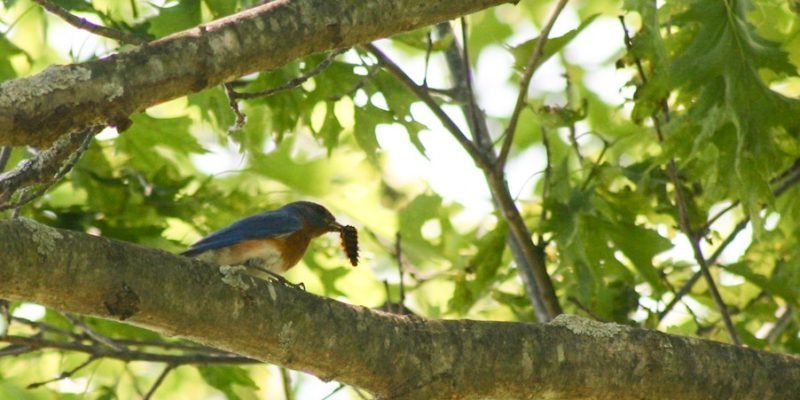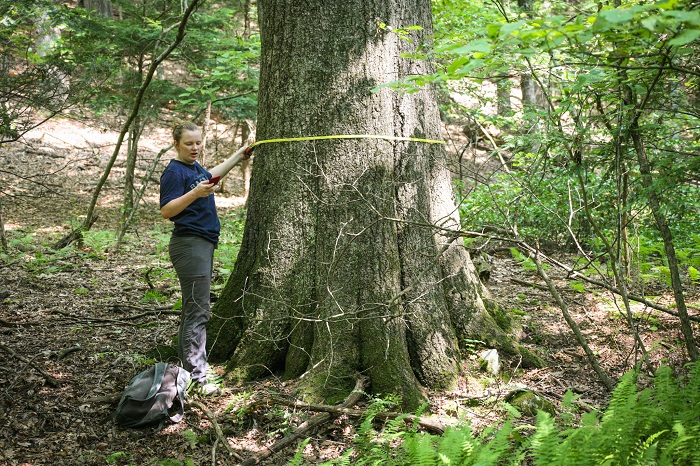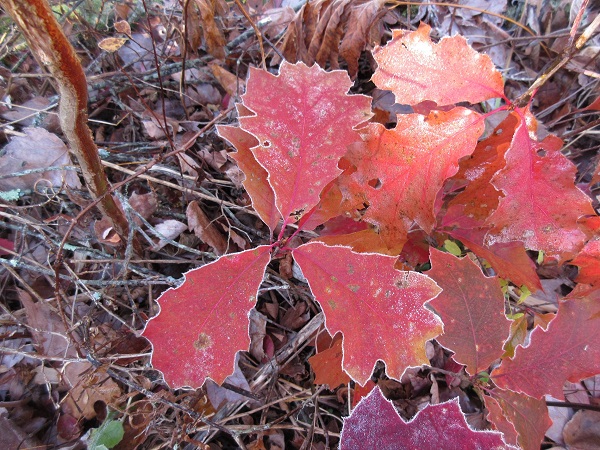Oak Resiliency in Southern New England

Increasing Resiliency in Southern New England’s Oak Forests
Seventy percent of the forests of southern New England are dominated by oaks. This forest type, however, faces pressures that compromise its long-term health and ability to regenerate. Current threats include heavy deer herbivory and defoliation from the spongy moth and other pests, while trends of seasonal drought and climate change pressures compound other disturbance factors. Widespread canopy mortality impacts wildlife species that depend on oaks for food and habitat, causes safety hazards in residential neighborhoods or on roadsides, and can deal a significant financial blow to private woodland owners. Amid these contemporary threats, silvicultural prescriptions that once worked may now fail to secure healthy oak regeneration. New approaches are needed.
Most of the region’s forests (70%) consist primarily of small parcels owned by families and individuals. Thus, landscape-scale shifts depend on effective landowner outreach and education. Landowners’ primary goals may include timber management, recreation, wildlife habitat, legacy, or a combination of outcomes. Given the ecological importance of oak species in this region's forests, all land management approaches stand to gain by integrating measures to promote the long-term resilience of this forest type.
The project
With support from the USDA Forest Service Landscape Scale Restoration Program, the Forest Stewards Guild is working with state agencies and non-profit partners in Rhode Island, Connecticut, and Massachusetts to increase resiliency in southern New England's oak forests.
Through collaborative initiatives including a regional professional learning exchange, landowner stewardship summits, a hands-on resilience assessment workshop, and synthesis and knowledge transfer, the Guild and partners aim to:
- increase forest stewardship activities that support oak resilience,
- empower natural resource professionals with tools for assessing oak forest health,
- build landowner awareness of regeneration challenges and solutions, and
- foster communication between states and agencies about strategies for addressing oak forest resilience and regeneration challenges.
The Oak Resiliency Assessment Tool
This assessment tool can tell you important information about oak forests, including:
- Overall site vulnerability
- Range of impacts and adaptive capacity
- Issues of concern
- Potential management pathways
The tool produces a report that provides extensive resources to accompany existing or new forest management plans.
Partners
Massachusetts
- Massachusetts Division of Fisheries and Wildlife
- Massachusetts Department of Conservation and Recreation Bureau of Forest Fire Control and Forestry (MA Forestry)
- Massachusetts Department of Conservation and Recreation Division of Water Supply Protection (Quabbin)
- MassConn Sustainable Forest Partnership (MassConn)
Rhode Island
- Providence Water Supply Board (Providence Water)
- Rhode Island Department of Environmental Management Division of Forest Environment and Division of Fish and Wildlife (RI DEM)
- Rhode Island Woodland Partnership (RIWP)
- Sweet Birch Consulting, LLC
Connecticut
- Connecticut Department of Energy & Environmental Protection (CT DEEP)
- Connecticut Forest & Park Association (CFPA)
- The Connecticut Agricultural Experiment Station (CAES)
- University of Connecticut Cooperative Extension Service (UConn)
Oak Resiliency Resources
For landowners, foresters, and natural resource professionals
What are best practices for assessing oak forest health in the field?
How can professionals effectively communicate issues of oak resiliency to landowners and guide them to take action?
What are key steps land managers and private landowners can take to ensure the long-term health of oak forests?
This resource collection aims to help professionals tackle these and other questions. It includes resources for outreach and communication, links to relevant research, field tools for site assessments, and further resources for cost sharing and dealing with hazard trees.


Stay Informed
about our recent projects and upcoming events.
